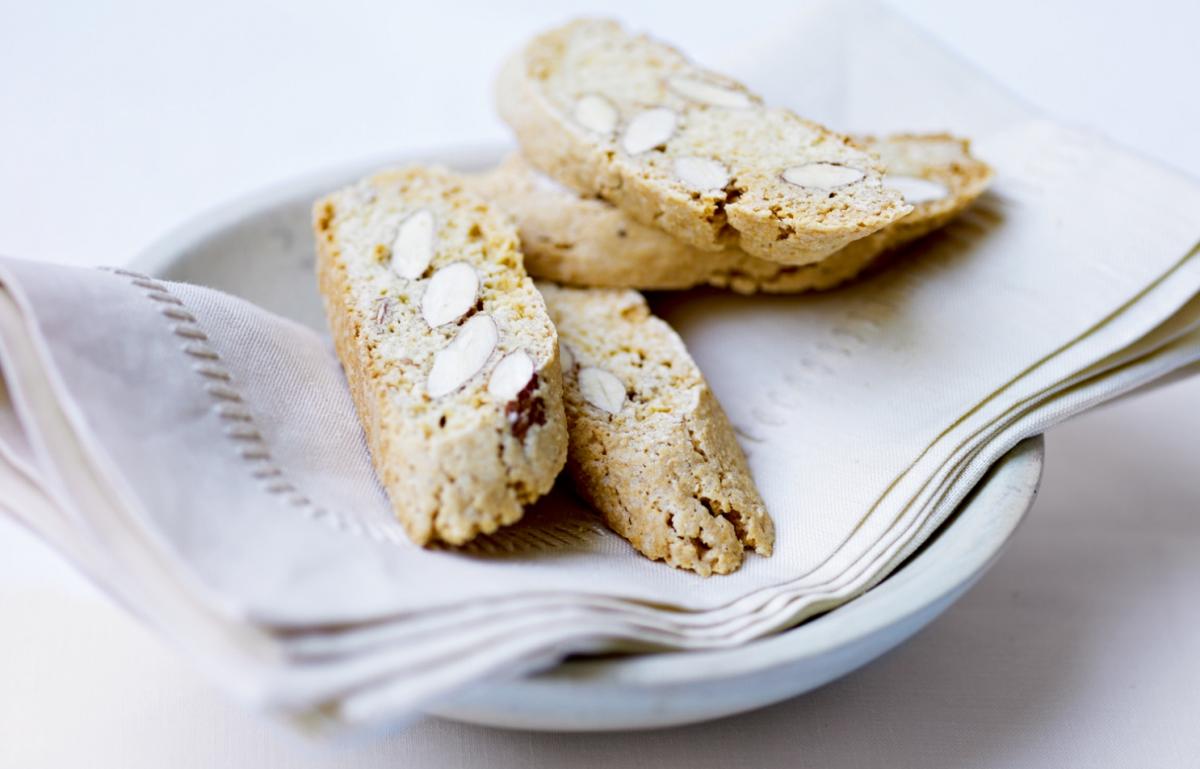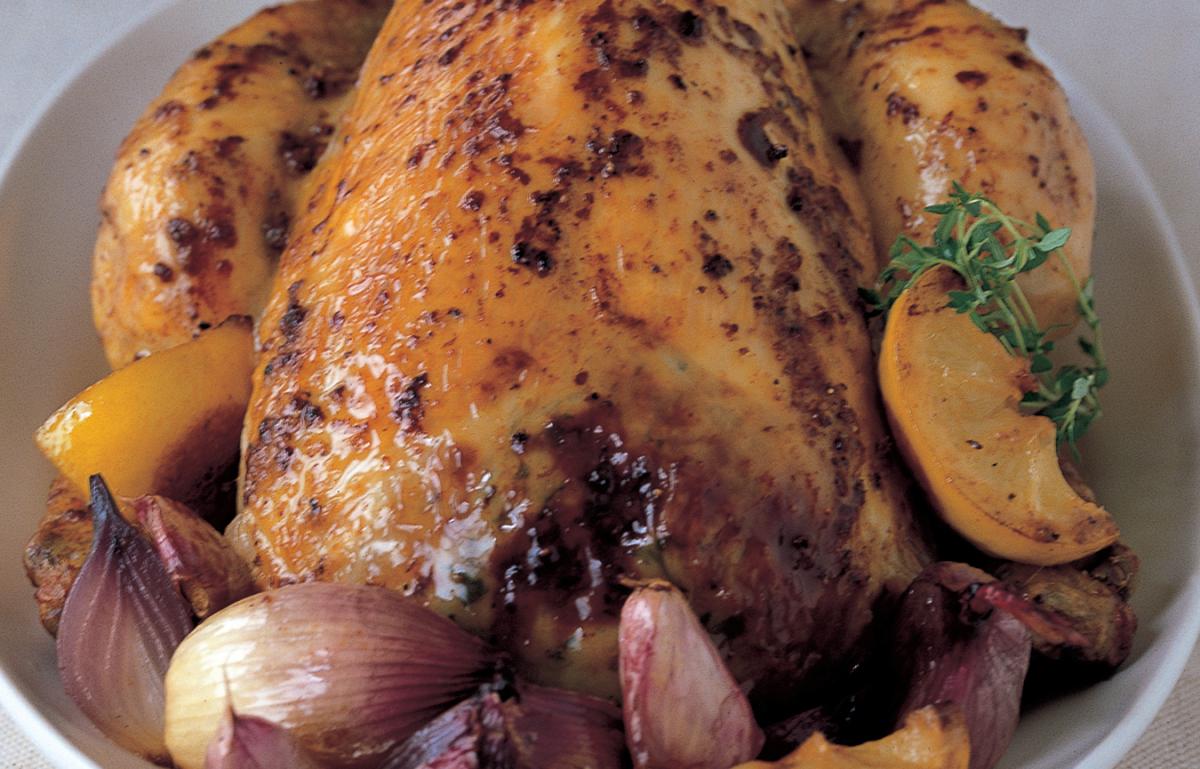

Want to find the perfect gravy recipe? Here Delia tells us about the history of gravy, and how to make it.
The Delia Online Cookery School: You can watch how to make this recipe in our video, just click the image to play.
Apparently, originally in the 14th Century it was a bit of a copy error. The French (who by no means have the last word in cooking) had the word grane, and someone at some stage mistakenly copied over the 'n' as a 'v' and for some unknown reason the English kept the 'v' and added a 'y'. Thus, in a 14th-century cookbook we find oysters, for instance, were stewed 'in their own gravy', meaning with their own juices, plus wine broth, almonds and rice flour, and similar gravies appeared from then on. So the French still, to this day, have only sauce or jus (juices), whilst the British have gravy, which is a sauce made from juices and other ingredients. So in all our most prestigious cookbooks, literature, food journalists and diaries throughout the centuries, gravy is prominently featured.
British sauce: it is therefore hardly surprising that even our modern generation undboutedly still has a latent passion for it. True, if you're a food snob, the word does not have such a fashionable ring to it as the French jus that dominates restaurant menus, along with perfumed broths, essences and other such pretensions. But it has to be said that gravy is part of our heritage; it comes from a long line of careful cooks who knew how to prepare a perfectly flavoured sauce by utilising precious juices, adding thickening for creamy smoothness and other flavour-enhancing ingredients to provide a beautiful sauce.
Gravy again: Now we can come the crux of all this, and that is how, since everyone wants to enjoy proper gravy, they are at the same time deeply afraid of attempting to make it. I have written about it and demonstrated it countless times, but still people ask, 'How do you make gravy?'.
Here at the Delia Online Cookery School we can show just how easy it is, click the image to watch our video
This recipe is from Delia's Complete How to Cook. Makes about 570ml
First of all remove the meat or poultry from the roasting tin.
Place the tin over a gentle direct heat, and have a bowl ready, then tilt the tin and you will see quite clearly the fat separating from the darker juices. So now you need to spoon off the fat into the bowl using a tablespoon, but remember, you need to leave 1-1½ tablespoons of fat, along with all the juices, in the tin. Now let the fat and juices begin to bubble, turn the heat up to medium, use a wooden spoon to scrape all the crusty bits from the base of the tin, adding a rounded tablespoon of sauce flour. Then using circular movements, with the wooden spoon, blend it into the fat, juices and crusty bits as quickly as you can.
Speed is of the essence – gentle, faint-hearted stirring is not what’s needed here: you should be mixing in the manner of a speeded up film! When the flour is absorbed you will have a smooth paste, so now begin to add the hot stock, a little at a time, whisking briskly and blending after each addition. Now switch to a balloon whisk and you will find that, as the stock is added, and it reaches simmering point, the gravy will have thickened. Now your own preference comes into play. If the gravy is too thin, let it bubble and reduce a little; if it's too thick, add a little more liquid. If you want to improve the colour just add a drop of gravy browning and just whisk it in. Finally, taste and season with salt and freshly milled black pepper. Then pour the gravy into a warmed jug ready for the table.
For pork, which has pale juices, add onion to the roasting tin. This will caramelise during cooking and give colour to the juices. The onion may also be used with other joints and poultry to give colour.
For lamb, add a teaspoon of mustard powder with the flour, a tablespoon of redcurrant jelly to melt into the gravy, and some red wine to add body.
For duck, add the grated zest and juice of a small orange, along with a glass of port.
For beef, add a wineglass of Sercial Madeira – this enriches the beef flavour magically.
Follow us Like us on Facebook Follow us on twitter Follow us on instagram Follow us on pinterest Follow us on youtube
© 2001-2024 All Rights Reserved Delia Online